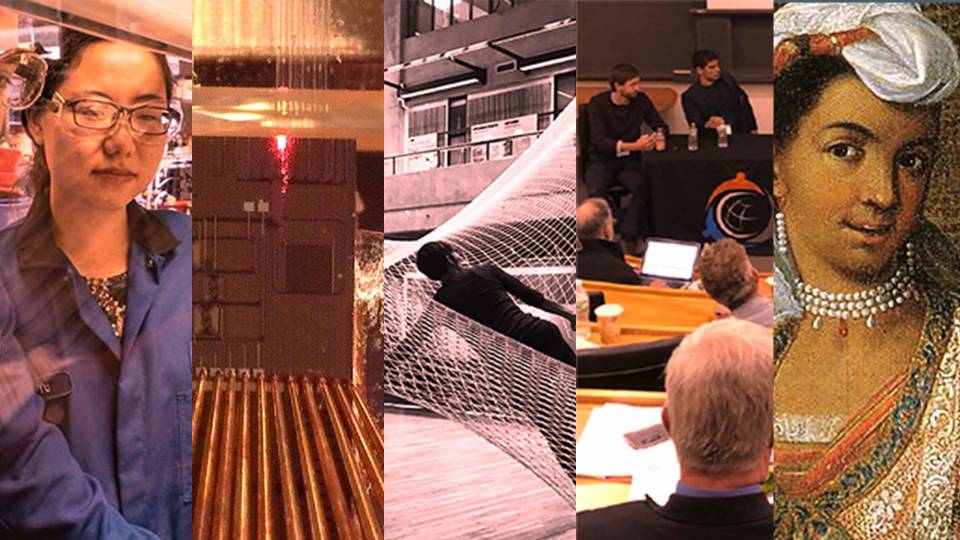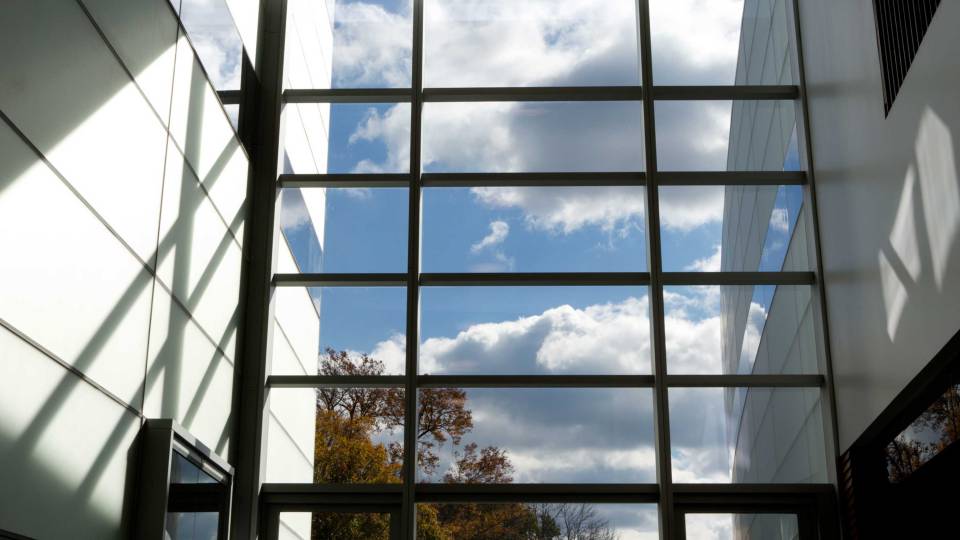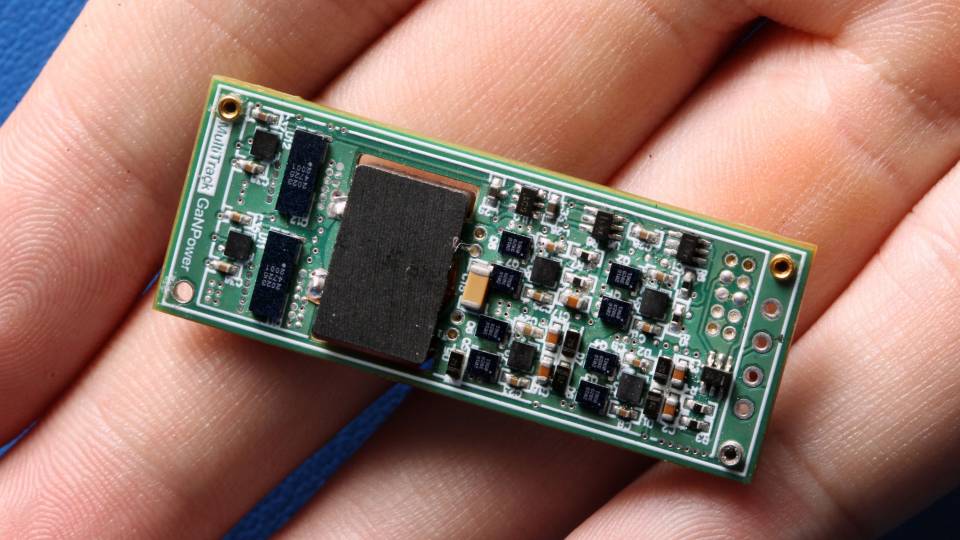The monetary push that new and exploratory research needs to blossom can be hard to find in the highly competitive world of grant funding. Princeton University researchers, however, now have additional University resources for pursuing those ideas and collaborations that push the boundaries of conventional research.
The University's Office of the Dean for Research will roll out this fall the first in a series of competitive "innovation funds." Three initial competitions will encourage bold research in the natural sciences, collaboration between artists and scientists or engineers, and new partnerships with industry. Initiatives to support research in the humanities and social sciences are being planned. Faculty — who will receive information about applying for the funds via email — will have their ideas reviewed by a committee of Princeton peers knowledgeable in the discipline being explored. Each committee will make funding recommendations.
The funds are meant to encourage breakthrough ideas coming out of Princeton, as well as to attract and retain faculty with a mind for innovation, explained Dean for Research Pablo Debenedetti, the Class of 1950 Professor in Engineering and Applied Science and professor of chemical and biological engineering. The initiative is a University-wide extension of Debenedetti's previous work as vice dean of engineering, where his responsibilities included the administration of innovation funds with an eye toward identifying and promoting research with great potential that explored unfamiliar frontiers.
"If these initiatives are successful, we are enhancing the research enterprise at Princeton," Debenedetti said. "If Princeton has a mechanism to support innovative proposals that make a difference, that has an effect on the quality of faculty and research done at the University."
The benefits of a successful proposal extend beyond an individual researcher, Debenedetti said. "In the sciences and engineering, a lot of research is done by graduate students, so the moment you enable research you provide more opportunities for graduate and postdoctoral research," he said.
One of the funds soon to debut will support "high-quality exploratory research" in the natural sciences, Debenedetti said. These are promising and original concepts that at the moment have limited research results to back them up. Projects at this stage can be difficult to fund through traditional avenues such as federal grants, Debenedetti said.
"Especially in times when funding is tight, faculty tend to be cautious in proposal writing and become more risk-averse," he said. "I'd like to provide this mechanism for funding research so that colleagues can be bold."
An example of such research in engineering — where funding mechanisms exist to support exploratory research — is a project that began with a hunch that bacteria found in a New Jersey wetland held promise for treating water polluted with agricultural runoff. Peter Jaffe, that project's lead investigator and a professor of civil and environmental engineering, received a grant to pursue his idea from Project X, an innovation fund in the School of Engineering and Applied Science.
Jaffe, also the associate director for research in the Andlinger Center for Energy and the Environment, helps administer the Andlinger Center's various innovation funds. Without seed-grant programs such as Project X or those being launched by the Office of the Dean for Research, his project might have struggled for support, Jaffe said.
"With seed funds, you can say, 'I have an idea and let's see if it works.' That really would not fly with your typical federally funded project. They want something that is innovative, but also has a high chance of working," Jaffe said. "If I have a brand new idea, I can use these innovation funds to work on it for a year or so, then I have enough data to go and build a more credible proposal for more traditional federal funding. Seed funds facilitate pursuing new directions and ideas with a little bit more risk."
A second fund coming out this fall will support collaborations between artists and scientists or engineers, Debenedetti said. Cross-disciplinary research allows experts in seemingly unrelated fields to unify and expand their respective knowledge into new ideas that benefit both disciplines, he said.
An example is Flock Logic, a collaboration between Naomi Leonard, the Edwin S. Wilsey Professor of Mechanical and Aerospace Engineering, and Susan Marshall, a professor of dance in the Lewis Center for the Arts and director of the dance program. In a series of performances in 2010, the project used dance to demonstrate the mechanics of group-movement in a real but responsive setting. As art, the laws of group dynamics served as the basis for advanced choreographic tools. As engineering, the movement of individual and groups of dancers played out principles of flocking used to understand human crowds, animal groups and robotic networks.
"That was a very natural way in which you got more than the sum of the parts," Debenedetti said. "In an unorthodox collaboration such as between the artist and the engineer, I think there is much to be gained from people bringing very different perspectives, but it can be difficult to find funding for such projects."
The third innovation fund promotes and supports industrial partnerships with the potential to bring the ideas of Princeton researchers to fruition. For the three-year grant, the University fully supports the first year of research provided that the researcher secures a letter of intent from an industry partner. The University will match funds provided by the project's industry partner during the second and third years. This generous arrangement is unique on campus, said Debenedetti, who has frequently collaborated with companies.
"Companies can get more bang for their buck because the University is matching their investment," he said. "For the University, the existence of a funding opportunity that could result in new collaborations with industry can enhance the breadth and scope of the research enterprise. As a faculty member, it enables you to tackle a broader range of problems than you would otherwise."
Other innovation funds at Princeton include the David A. Gardner '69 Magic Project, which supports groundbreaking work in the humanities, and the Eric and Wendy Schmidt Transformative Technology Fund that funds technology with the potential to transform research in the natural sciences and engineering.



